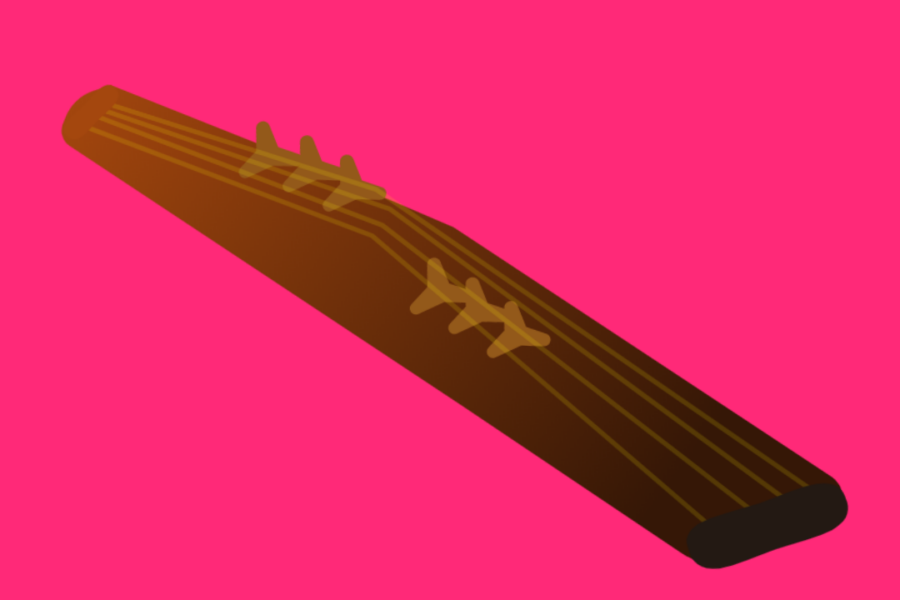
If you’ve had Korean, Chinese, and Japanese food, you would notice that chopsticks are different in each country.
Chopsticks are believed to be as old as Chinese society and an important part of East Asian cuisine. The Chinese called chopsticks extensions of their fingers which endured extreme cold and hot temperatures. The use of chopsticks spread to Korea and Japan as early as 500 A.D. Initially, they were used like skewers to pick up food from a pot or fire but eventually used as eating utensils. Unlike European cuisine, knives were unnecessary cutlery because due to shortages in fuel, agricultural products, and meat, food was first cut into bite-sized pieces before it was cooked.
While chopsticks were invented in China, the chopsticks of Korea, China, and Japan developed differently because of the resources that were available at the time and because of the differences in their cuisines and cultures.

In China, chopsticks are longer and wider. In Japan, they are shorter, thinner, and more tapered than its neighbors.
In Korea, the spoon and chopstick are always together. The chopsticks are also made out of metal. They appear for square and flat. Korean utensils are unique from China and Japan in that Koreans use metal chopsticks and use a spoon to eat rice.
China

Chinese cuisine includes hot pot and a lot of frying (deep or otherwise). Long chopsticks were required to pick up food and avoid hurting one’s hands.1 Longer, wider chopsticks are easier to use and great reaching for food on lazy Susans. The Chinese word for a lazy Susan is cānzhuō zhuànpán (餐桌轉盤/餐桌转盘) which translates to “meal table turntable”.2 The first record of a lazy Susan in China appears more than 700 years ago in the Book of Agriculture.3
Japan

In Japan, rice was rare and therefore precious. In order to use less rice, people mixed other grains when cooking rice. This made the rice less sticky, more slippery, and harder to pick up using chopsticks. They held their bowls closer to their face and used chopsticks to push rice into their mouth.1 With this action, shorter chopsticks were more convenient to eat with. Japanese chopsticks taper most at the end for more precision when picking up wayward grains of rice.
Korea

In Korea, meat was rare. People cooked hot soup with small amounts of meat already cut into bite sizes, and then divided the soup into smaller individual sizes. A spoon and chopsticks were always used together. Spoons were used for soup and rice, and chopsticks were used to pick up side dishes, which were also served in small plates. The flat and square shape made it easier for picking up thin pieces of food. It also prevented the chopsticks from rolling away, falling off the table, and getting lost. Because chopsticks were used as auxiliary utensils, there was no need for them to be very long or very short.1

Why are Korean chopsticks metal?
Korean royals used silver spoons and chopsticks to detect poison in their food. SIlver changes color when exposed to toxins. Commoners allegedly copied this practice and made it a “trend” using chopsticks made of steel.
Koreans believed that metal chopsticks were more hygienic. They were sterilized with boiling water.
Wooden chopsticks make it easier to pick up sticky things like rice, but since Koreans use a spoon to eat rice, it didn’t matter.

The basic components of a Korean meal include:
- Rice (밥)
- Soup (국)
- Side Dishes (반찬) – banchan is any side dish that can be eaten with rice.
The rice is always on the left, the soup is always on the right. One reason for this is that as the majority of Koreans are right-handed, having the soup closest to the hand makes for fewer spills.
Next time you’re eating Korean, Chinese, and Japanese food, know that the chopsticks you’re using were no accident and were created with the cuisine in mind.
References
- 1.Rhie W-B. Korea Unmasked: In Search of the Country, Society, and the People. Korea: Gimm-Young; 2002.
- 2.Lazy Susan. Wikipedia. https://en.wikipedia.org/wiki/Lazy_Susan.
- 3.Davis A. The Origins of the “Lazy Susan”, a Rotating Serving Table Found in Chinese Restaurants. NolAsia. https://nolasia.net/the-origins-of-the-lazy-susan-a-rotating-serving-table-found-in-chinese-restaurants/.



Thank you for this! I’ve always been curious about the Korean use of spoons, but didn’t realize the differences and history between the cultures.